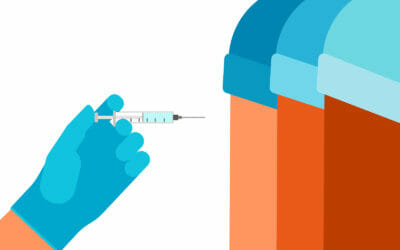
Staph is not the worst infection, but it is a common and unpleasant one to develop. Staph can be easily spread amongst patients and employees in and between hospitals, clinics, and other health care facilities.
Risks
Staph infection comes from the bacteria strand, staphylococcus. Staph is an infection that affects the skin; the majority of the times it causes no severe problems and is considered a minor condition. It was documented by the Centers for Disease Control and Prevention (CDC), “more than 119,000 bloodstream staph infections occurred in 2017”. So, it is still important to seek treatment when the first symptoms are noticed. When staph is developed over time, it could result in severe complications once the infection penetrates deeper into your body.
Common symptoms vary from skin rashes, redness, or blisters on the skin. As infection prolongs, you may develop fevers, chills, diarrhea or even vomiting.
Treatment for staph is by doctor prescribed antibiotics.
Prevention. If you ever had a Staph infection, reoccurrences, or never want to experience it, here are some helpful prevention tips to practice.
- Clean hands at all times. Wash hands before eating, after using the restroom, and keep hand-sanitizer with you or at your desk.
- Keep open wounds clean, dry, and covered to prevent spreading infections to others and to other parts of your body.
- Try not to share. To prevent germ exchange, avoid sharing food, drinks, and any personal items.
- Clean your linen and towels in warm to hot water to kill germs.
- For health care facilities, CDC encourages practice in keeping all medical devices sterile before placing them into patients’ bodies.
- Contact precautions include proper disposal and renewing of patient-care equipment and protective wear—gloves and gowns.
- Make a habit of disinfecting your home, workplace, or any rooms you encounter.



